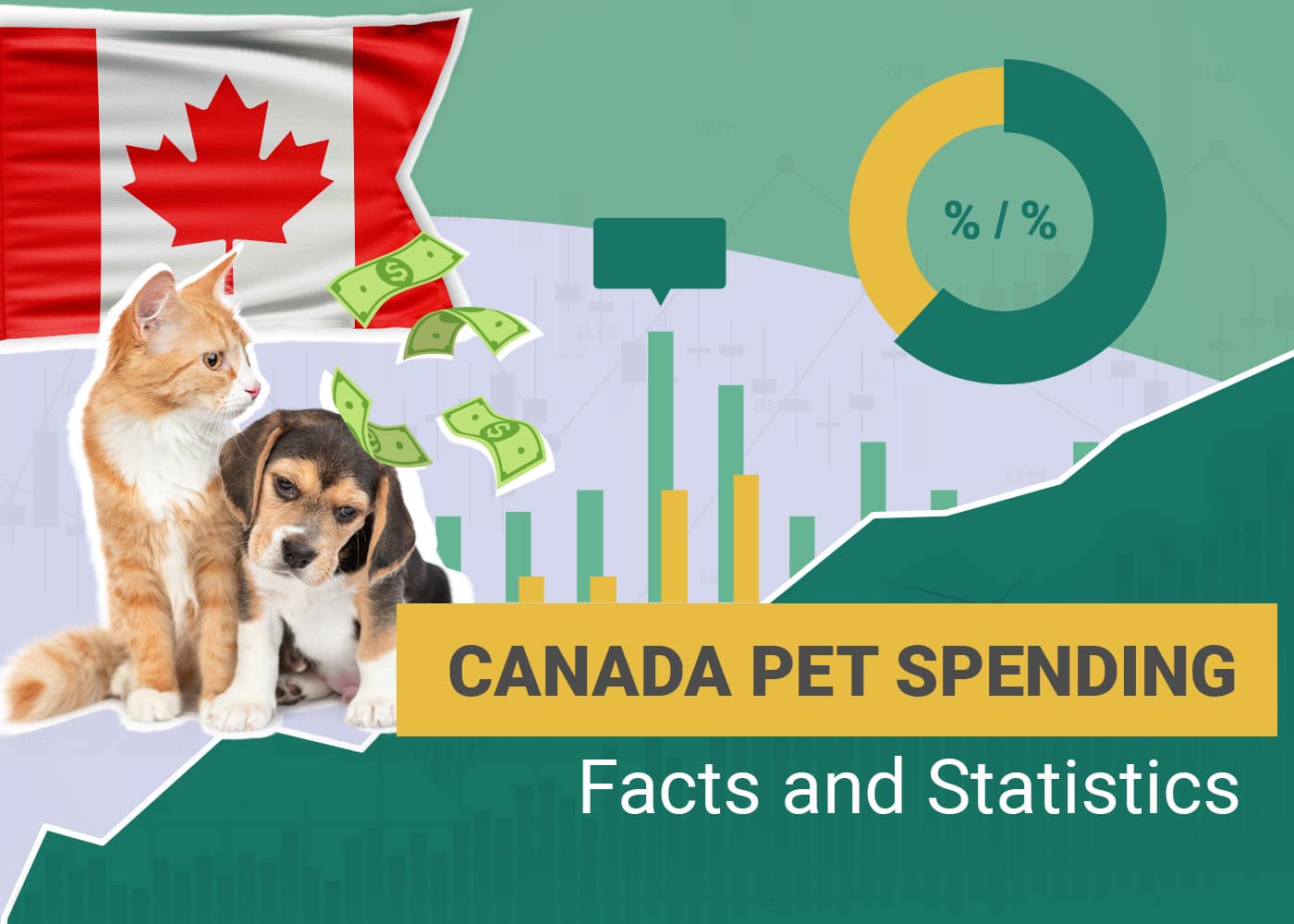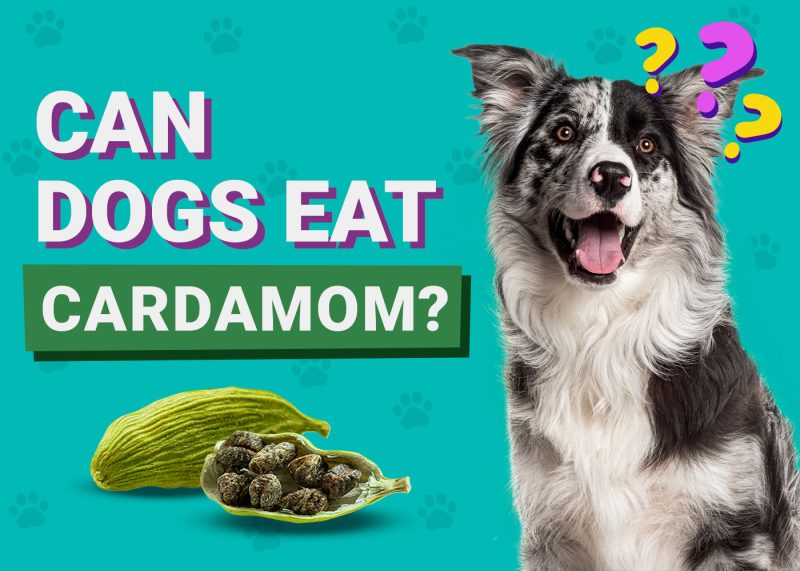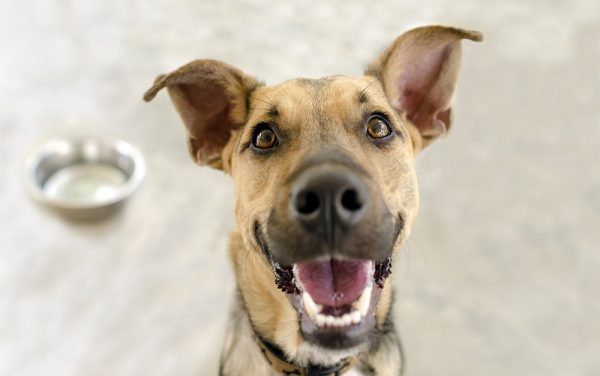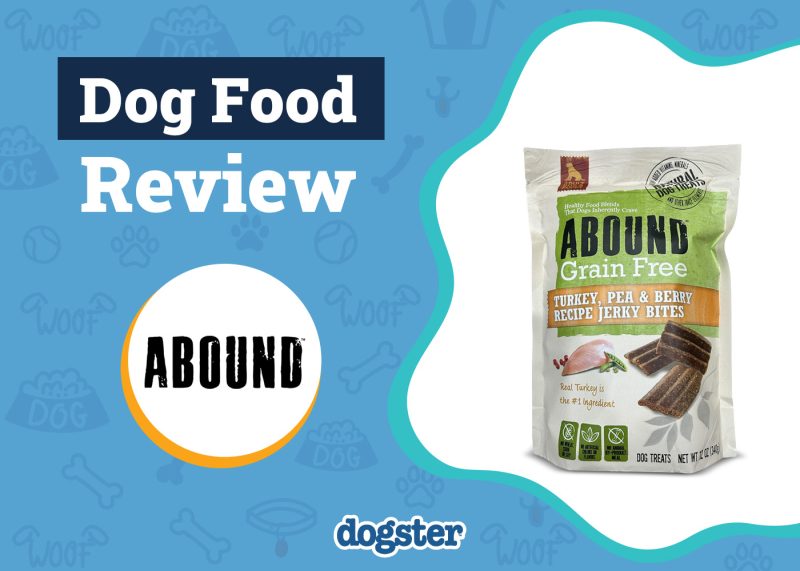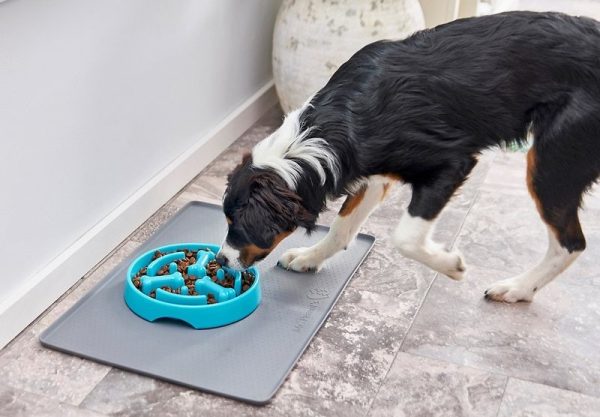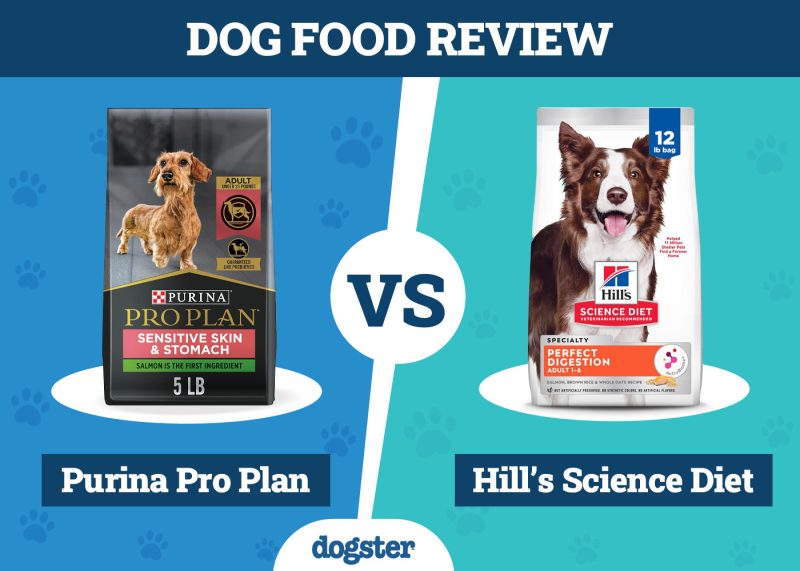In this article
Canada has an abiding love for pets for so many reasons: They keep us company, motivate us to exercise, and help relieve stress and depression, and their unconditional love can help with our general mental well-being.
When looking at the statistics for the pet industry in Canada, you can see how much we spend on pets, which shows how important they are to us.

The 15 Canada Pet Spending Statistics
- The cost of owning a dog is an average of $4,000 per year.
- The cost of owning a cat is an average of $2,500 each year.
- Canadians spent $1,200 on dog food in 2022.
- Canadians spent $743 on dental cleanings for cats in 2022.
- Between 2016 and 2020, pet food sales increased by 5.8%.
- Dog food is the biggest and fastest-growing pet food on the market.
- Cat food had almost $1.4 billion in sales in 2020.
- Other pet food is growing but at a slower rate.
- The COVID-19 pandemic had an impact on Canadian shopping habits.
- Canadians spent an average of $765 on pet expenses in 2019.
- Over 92% of Canadian pet owners prefer to purchase pet food in retail stores.
- By the end of 2021, Ontario had the most pet and pet supply stores in Canada.
- Canadians spend about $6.6 billion annually on their pets.
- In 2021, only 1.2% of Canadians had pet insurance.
- The first year of a kitten’s life can cost Canadians $1,921.12.


Canadian Pet Spending Statistics
1. The cost of owning a dog is an average of $4,000 per year.
(Statista)
It shouldn’t come as a surprise that we spend more on dogs than on cats. This amount averages about $330 every month, with the most significant expense for dog owners being dog food.

2. The cost of owning a cat is an average of $2,500 each year.
(Statista)
Cats cost less because they are smaller than most dogs, eat less, and have fewer vet visits and procedures. The amount averages $208 per month, with the highest expenditure being for dental cleaning.
3. Canadians spent $1,200 on dog food in 2022.
(Statista)
This means Canadians spend an average of $100 a month on dog food — we have hungry dogs! The next biggest expenditure in 2022 was pet insurance at $1,160, followed by dental cleanings at $743.
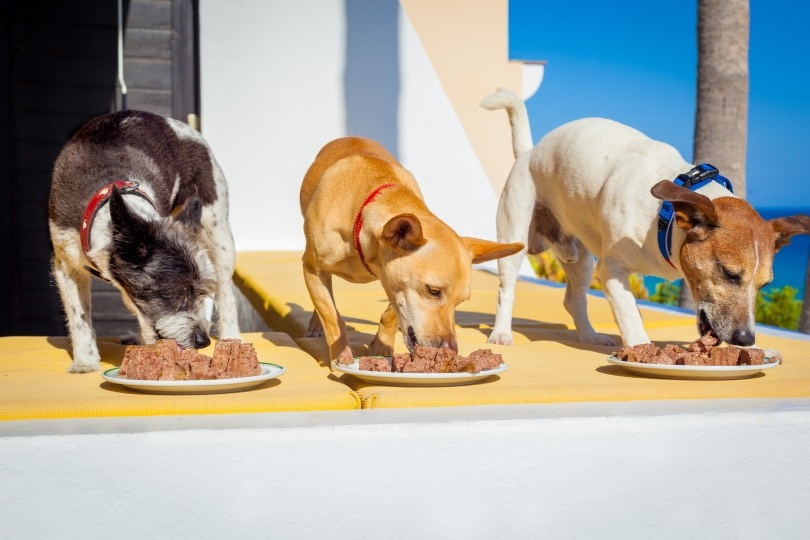
4. Canadians spent $743 on dental cleanings for cats in 2022.
(Statista)
Canadian cat owners spent the most on dental cleanings, with pet insurance just behind at $638 in 2022. The third largest expenditure is cat food at $576, which is less than half what dog owners paid ($48 per month).

Pet Food Market Statistics
5. Between 2016 and 2020, pet food sales increased by 5.8%.
(Government of Alberta)
The pet food market has increased by almost 6% within 6 years, and it’s still growing. It went from $3.4 billion in 2016 to $4.2 billion in 2020. It’s projected to increase to $5.3 billion by 2025 (an extra 4.9%).
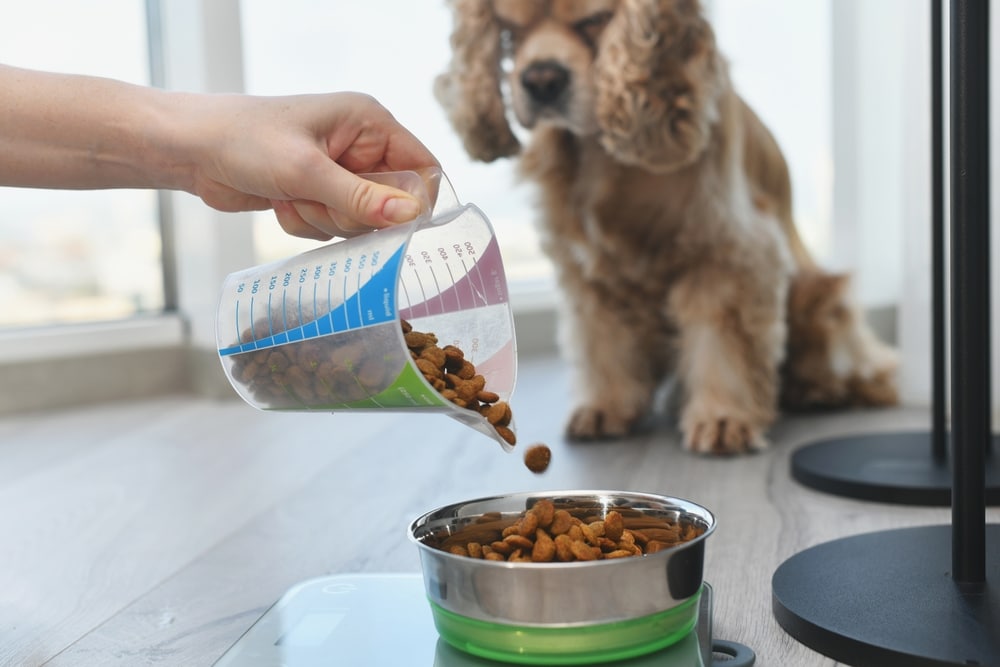
6. Dog food is the biggest and fastest-growing pet food on the market.
(Government of Alberta)
In 2020, the dog food market was $2.7 billion, which was a growth of 6.3% from 2016 to 2020. Dry dog food was the largest category of dog food, with a value of $2.1 billion in 2020, which represents a 74.8% market share.
7. Cat food had almost $1.4 billion in sales in 2020.
(Government of Alberta)
Cat food saw an increase of 5.1% since 2016, which is actually a decent number considering that it shows that cat owners are spending more on their cat’s food. This is notable because between 2016 and 2020, there wasn’t a big increase in cat ownership.

8. Other pet food is growing but at a slower rate.
(Government of Alberta)
Cats and dogs are the most popular pets in Canada, but many Canadians also own fish, small mammals, and birds. Fish food had the most sales at $36 million, followed by birds at $30.6 million and small animals at $15 million.
It was found that many owners of reptiles and small mammals purchased high-quality food for their pets.

Canadian Shopping Statistics
9. The COVID-19 pandemic had an impact on Canadian shopping habits.
(Agriculture and Agri-Food Canada)
In 2020, retail stores still saw most of the sales for pet care, with a 76.6% market share, and e-commerce or online stores had a 21.7% market share. What changed is that the retail stores’ sales declined by 6.9% in 2020, while online stores had a huge increase of 30%.

10. Canadians spent an average of $765 on pet expenses in 2019.
(Statista)
These expenses include pet food, toys, travel accessories, veterinary care, and clean-up products.
11. Over 92% of Canadian pet owners prefer to purchase pet food in retail stores.
(Statista)
In early 2022, e-commerce in general saw about $3 billion each month! But while e-commerce is becoming increasingly popular, 92% of Canadians prefer a physical store to buy pet food.
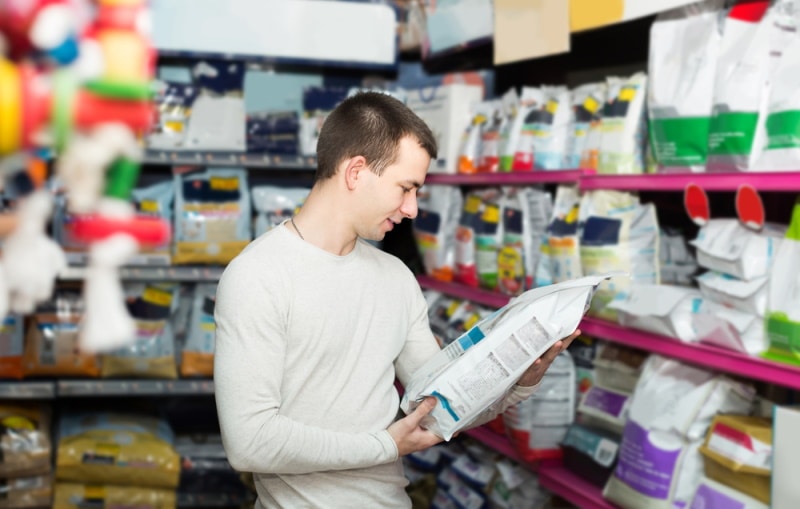
12. By the end of 2021, Ontario had the most pet and pet supply stores in Canada.
(Statista)
Ontario had approximately 776 physical pet-related stores, while Quebec had 506, and British Columbia had 347. These three provinces are also the three most populous in the same order.
13. Canadians spend about $6.6 billion annually on their pets.
(Square One)
This number is bound to go up. Urban couples are increasingly becoming pet owners, and it’s believed that there’s a link between couples waiting longer to have kids and adopting dogs.
14. In 2021, only 1.2% of Canadians had pet insurance.
(HelloSafe)
Canada’s 1% hardly compares to the United Kingdom’s 31% and Sweden’s 48%.
15. The first year of a kitten’s life can cost Canadians $1,921.12.
(WorldAtlas)
Perhaps not too surprisingly, the first year of a puppy’s life can cost Canadians $2,600.10. Most of these expenses come from first-time supply costs, such as a carrier, bowls, leash and collar, bed, and crate.


Frequently Asked Questions on Pet Spending in Canada
How many Canadian households have pets?
More than half of Canadian households own at least one cat or dog. From 2020 to 2022, there was a significant increase in pet ownership, with dogs increasing to 7.9 million from 7.7 million and cats going from 8.1 million to 8.5 million. (Pet Food Processing)
How many Canadians visit a veterinarian?
About 86% of dog owners brought their dogs to see the vet without any significant change in numbers from 2020 to 2022. Cats saw an increase in numbers from 58% in 2020 to 61% in 2022. (Pet Food Processing)
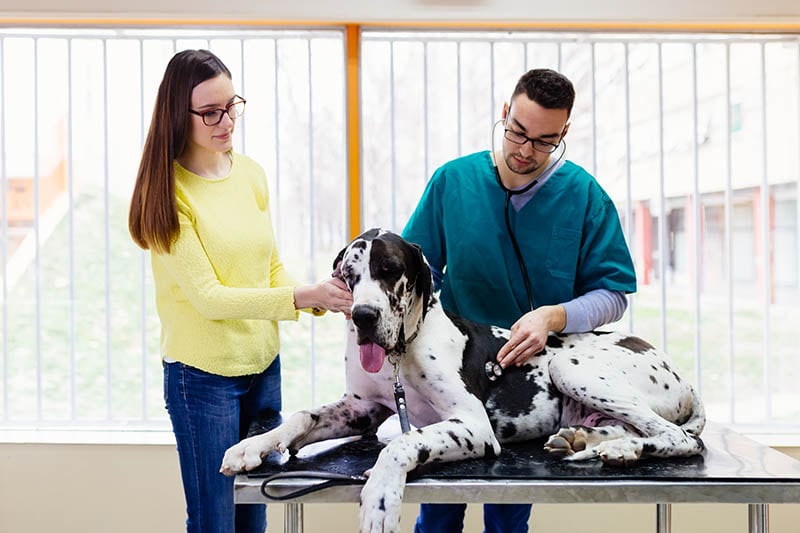
How easy is it to find a vet in Canada?
It should be easy to find a vet in certain parts of the country. However, Canada currently has a shortage of animal health technicians and vets. One in five pet owners needed care for their pets from 2021 to 2022 but weren’t successful due to the shortage and inability to afford it. (Pet Food Processing)
How many Canadians feed their pets high-quality food?
About 26% of dog and cat owners said that they were willing to spend more on a certain food if it proved to provide their pets with extra health benefits. (Packaged Facts)

Conclusion
More than half of Canadians own at least one pet, and these statistics show how much we love them. What we spend on our pets will continue to climb as we bring more animals into our homes.
The Canadian pet food market reached up to $4.2 billion in 2020 and is expected to grow an extra 4.9% by 2025. So, the need for unconditional love and support from a pet will continue to flourish.
Related Reads:
Featured Image Credit: Africa Studio, Shutterstock
